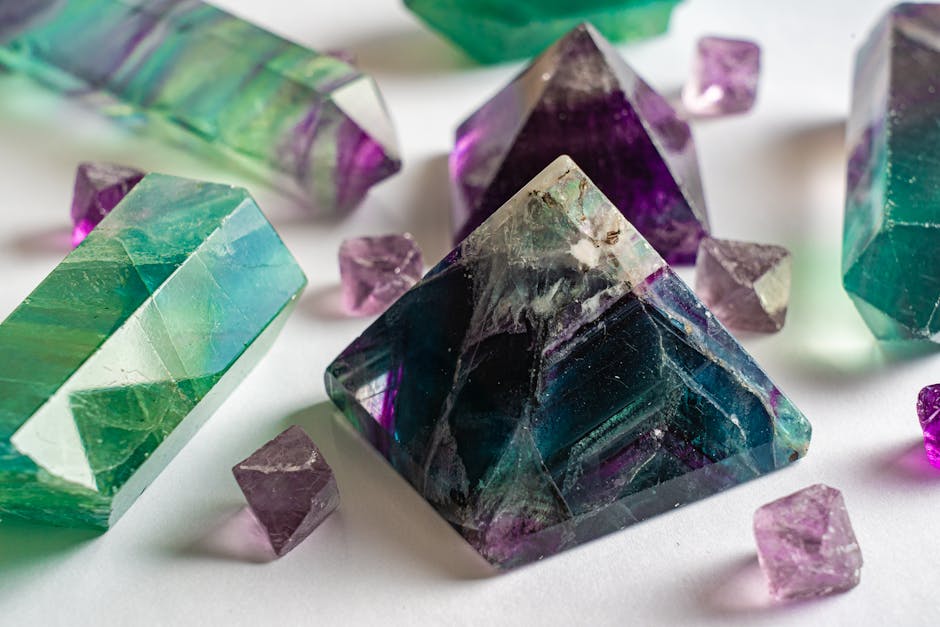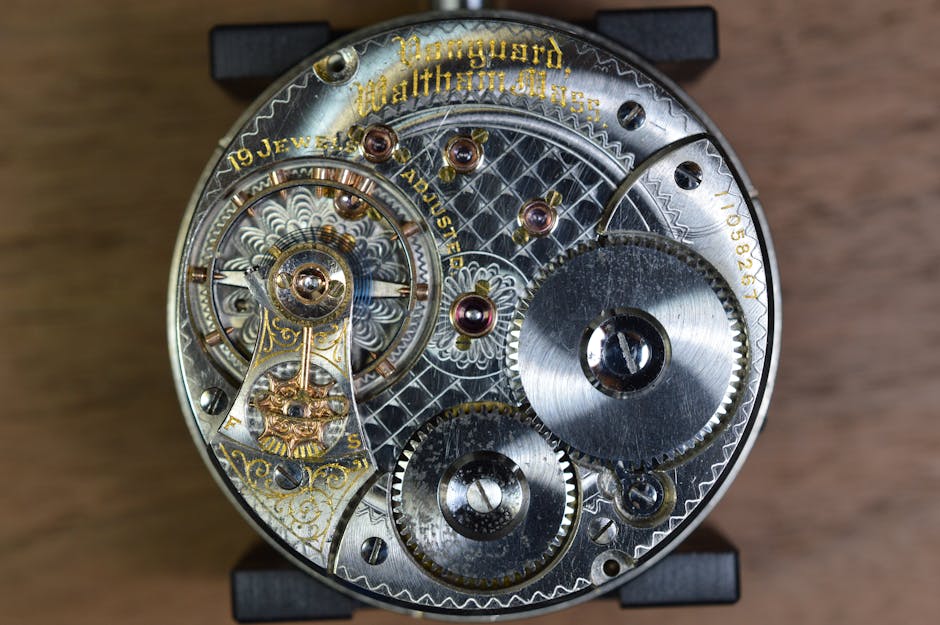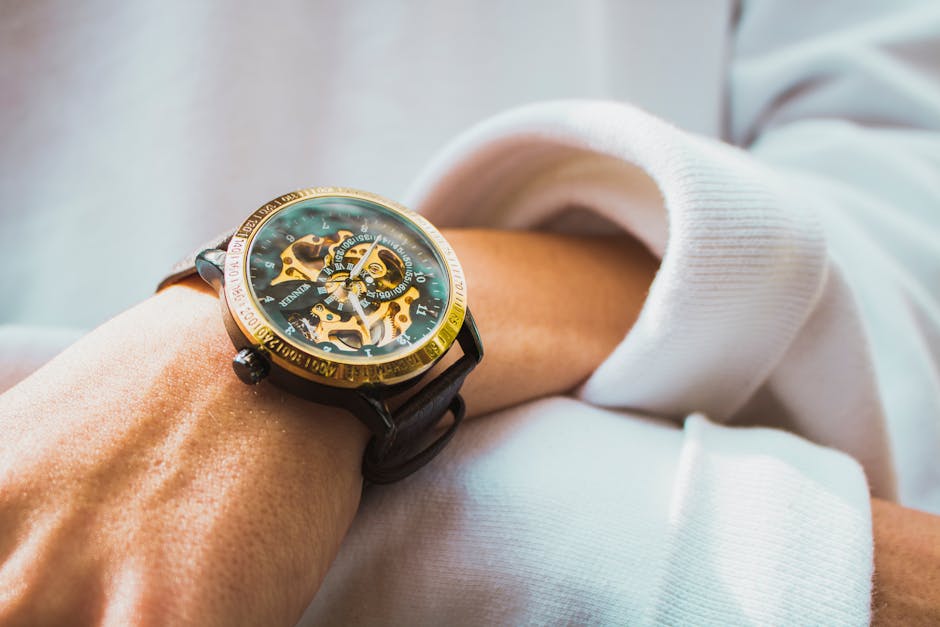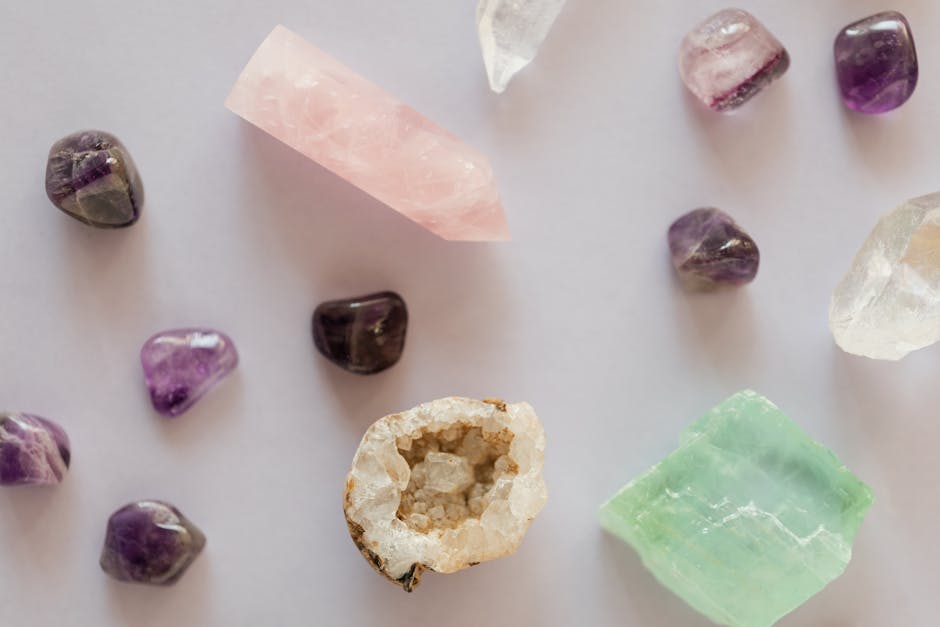
Why Do Watchmakers Use Rubies in Their Watches?
In the fascinating world of horology, the construction of a watch involves minute intricacies that reflects the precision and high craftsmanship involved. Among the sundry components that make a watch tick, there's one startling aspect that often intrigues the onlookers; the use of rubies. Yes, you read that right, rubies. This precious gemstone is not merely a decorative addition, but has a functional role in the core mechanism of a luxury timepiece.
The presence of rubies in luxury watches like those crafted by LUCA Watches isn't just for the aesthetics. There's deep-seated logic and technical purpose behind the application. The reason for this unusual pairing is an enticing journey of discovery in itself.
Join us as we delve into the reason behind the use of these crimson stones and why they continue to be an essential cog in the formation of a timepiece.
History of Ruby use in watchmaking

The history of ruby usage in horology dates back to the 18th century. Originally, watchmakers sought to find a solution to wear-and-tear - an issue synonymous with early watches. Thomas Mudge, an eminent English horologist, was the first to integrate a ruby into his timepiece design.
The use of rubies, however, gained broader acceptance in the 19th century. Renowned watchmaker, Abraham-Louis Breguet, integrated rubies in his pocket watches, hailing them for their durability and resistance to friction.
Throughout the 20th century, rubies continued to be a mainstay in luxury watches, morphing from mere friction reducers to aesthetic enhancements. Today, the use of rubies in watchmaking not only symbolizes craftsmanship and quality, but also the enduring history of the craft. A testament to the intriguing blend of science and art that is horology.
You may have noticed the small gemstones nestled in some high-end timepieces. These aren't purely for aesthetics – they play an instrumental role in the mechanism of a watch. The petite stones are actually rubies, carefully placed to reduce friction in the moving parts. This is crucial because, when it comes to precision mechanisms such as those found in luxury watches, even the minutest friction can affect the accuracy of timekeeping.
The decision to use rubies is steeped in centuries-old watchmaking expertise. Naturally occurring rubies were traditionally selected for their hardness and the fact they don’t easily wear down. Synthetic rubies, introduced by Auguste Verneuil in the early 20th-century, are now predominantly used in modern watchmaking after proving to be an equally reliable, cost-effective alternative. Together, rubies and watchmaking tell a tale of progress, precision, and timeless elegance.
Role of a Jewel in Watchmaking

Photo by Castorly Stock on Pexels
Crafting a timepiece of supreme quality often involves the use of jewels in the intricate mechanical apparatus of a watch. Among them, one is particularly treasured: the ruby. But why?
Jewels, especially rubies, play a crucial role in aiding the longevity and accuracy of luxury watches. They serve as bearings for gears and reduce friction between the tiny components. This reduced friction curtails wear and tear and enhances the movement's efficiency.
Rubies have been the jewel of choice traditionally. Their hardness, second only to diamonds, makes them highly durable and resistant to damage. They are also not easily affected by temperature changes and don't rust, making them ideal for maintaining the watch's consistent performance.
Using rubies is not only a testament to a watch's superb craftmanship but also a symbol of timeless luxury.
Material Quality

Rubies are highly prized within the world of horology due to their unique attributes. With a hardness of 9 on the Mohs scale, they are one of the hardest substances on earth. This makes them incredibly durable, capable of withstanding the constant friction and wear that occur within a watch mechanism.
On top of that, rubies boast a smooth, slick surface which further reduces friction. Their structure also reduces wear and tear on the metal components of the timepiece, thereby enhancing the longevity of the watch. Additionally, rubies are resistant to temperature variations, meaning their performance remains consistent in different weather conditions.
As such, the integration of rubies into watch architecture not only brings an aesthetic appeal, but also functionality and performance benefits. Indeed, the use of rubies is a testament to how LUCA Watches melds beauty with practicality in our creations.
Durability - How the hardness and durability of rubies contribute to the longevity of a watch mechanism.

Photo by Ruslan Alekso on Pexels
Those in appreciation for the intricate art of watchmaking will frequently notice the use of rubies. This is not solely for their striking color and appeal to the eye.
In essence, rubies possess exquisite hardness, ranking 9 out of 10 on the Mohs scale (second only to diamonds).
This durability makes them perfect for enduring the persistent movements that a watch mechanism demands. Over time, most materials erode, leading to less accurate timekeeping. However, rubies have the exceptional ability to withstand wear and friction without degradation.
Further, their dense nature allows them to hold tiny amounts of high-quality watch oil in micro-pools. This provision means your watch is delicately lubricated which guarantees a prolonged lifespan for the mechanism.
Without doubt, the durability and longevity offered by rubies are essential to the flawless performance and longevity of your LUCA watch. Don't mistake them as just decorative additions; they are integral to the timekeeping excellence you experience.
Reducing Friction

Photo by Karolina Grabowska on Pexels
The art of watchmaking is a delicate dance between form and function, where even the smallest detail matters. Rubies, while adding a touch of luxury, play a crucial role in the operation of a timepiece.
Thanks to their hard, slick surfaces, these precious gems are exceptionally good at reducing friction, a common antagonist in the intricate world of watch mechanics. They are strategically placed at points of high friction, preventing wear and tear on the delicate metal components and preserving the life of the watch overall.
The reduced friction not only enhances the lifespan of the timepiece, but also improves the accuracy of the movement, ensuring a consistent and precise timekeeping. When we talk about luxury watches, it is these minor elements that make a significant difference, solidifying the refined craftsmanship and unparalleled longevity that LUCA Watches is known for.
Shock Absorption

Rubies, as watch components, carry an uncanny ability to resist shocks, further enhancing the resilience of LUCA Watches. They carry a near-magical ability to absorb and even out the rigorous movements that watches inevitably encounter, ensuring that the delicate and intricate mechanisms within the timepiece remain unscathed.
Moreover, rubies, a marvel in themselves, have a rare ability to resist fluctuation, irrespective of temperature extremes. They maintain their structural integrity in superbly high or exceedingly cold conditions.
These properties render LUCA Watches hardy, durable and reliable, without compromising their distinct elegance and sophistication. Instilled with rubies, they withstand not just the test of time, but also the shakes, bumps, and temperature shifts. In essence, the usage of rubies indisputably amplifies the resilience, durability, and overall performance of LUCA Watches.
Aesthetics and Value
At first glance, the visible ruby accents in a luxury watch are undeniably enchanting, adding to the depth and allure of the timepiece. The gleaming red gems, showcased with strategic finesse, heighten aesthetic appeal significantly.
Not only do these rubies serve a practical purpose in the mechanics of watch-making, they add a luxurious touch that showcases the intricate craftsmanship a LUCA watch embodies. Each ruby meticulously set in its rightful place represents time, precision, and artistry - emblematic traits of a quality timepiece.
Rubies also elevate the perceived value of the watch. The use of precious stones signifies exclusivity, rarity, and opulence, ticking all the boxes for admirers and collectors of luxurious watches. It subtly yet powerfully marks the difference between everyday watches and horological masterpieces. The intrigue and beauty brought on by rubies imbue a LUCA watch with added elegance, truly setting it apart.